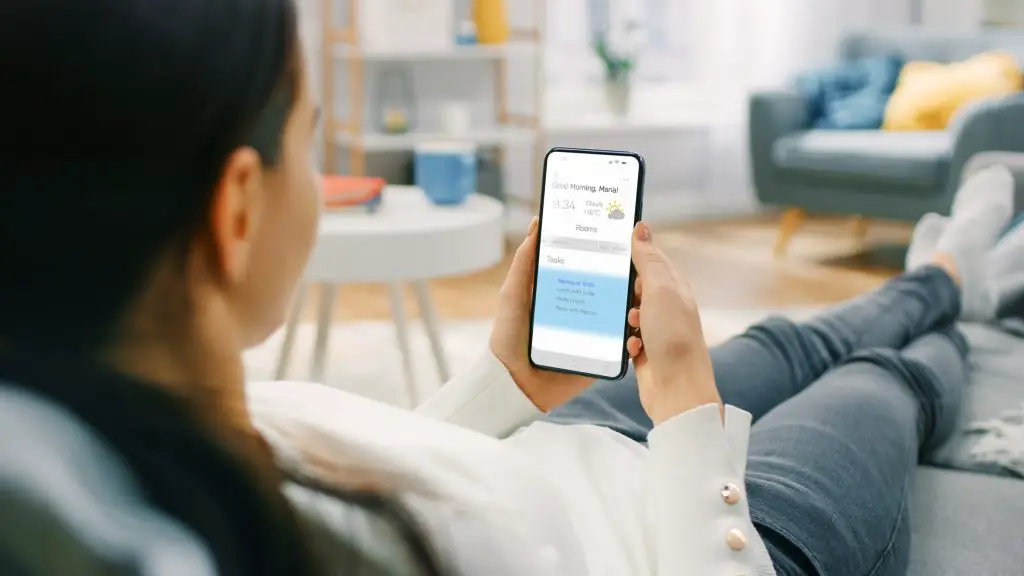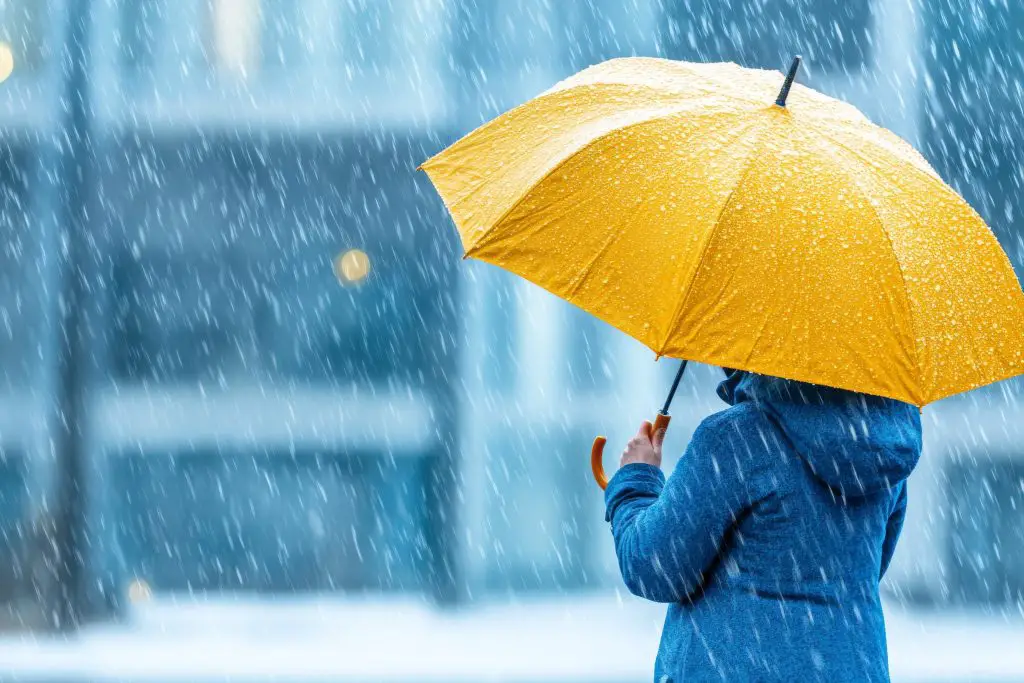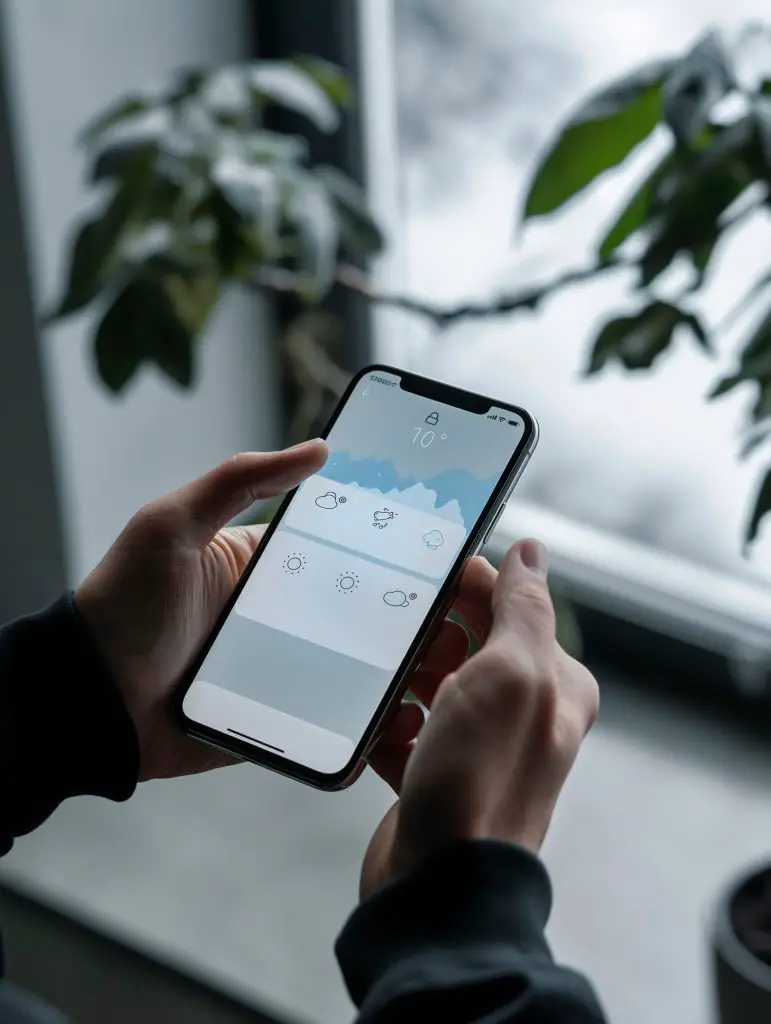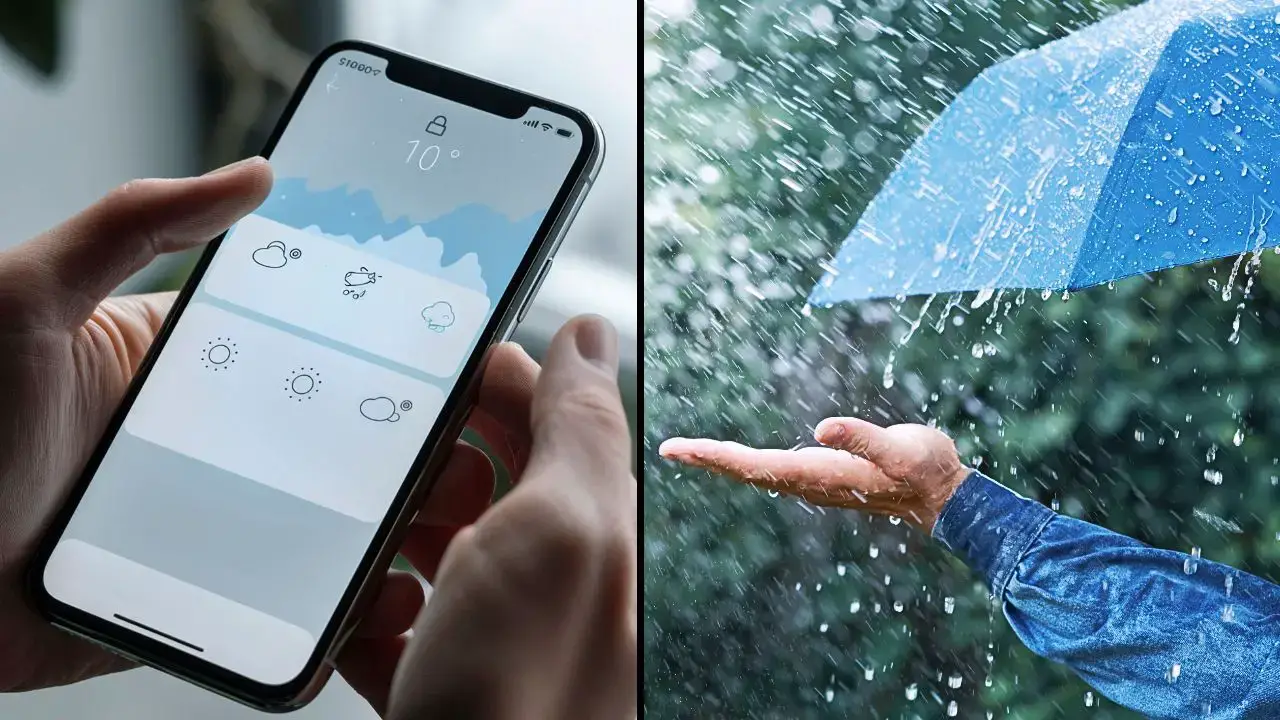For many people, checking the weather app is a part of their daily routine—unless, of course, they’re lucky enough to live somewhere with endless sunshine.
One common feature of these apps is the rain percentage, such as “40% chance of rain.” Most people assume this means there’s a 40% likelihood it will rain that day. But that’s not quite accurate.

Confusion over the meaning has sparked discussions online. One social media user admitted, “Now I’m 100 times more confused.” Another joked, “My knees just tell me when it’s going to rain.”
“I have no idea what this means—I’m completely lost,” one person commented, while another added, “Can someone explain this in simple terms? It’s way over my head.”

Often, different weather apps and websites tell you a different rain percentage than others.
This can be confusing. Will you need a jacket? An umbrella?
Rain percentage doesn’t tell you how much it will rain or for how long.
In the U.K., the weather percentage for the BBC is a MeteoGroup- its website states it uses: “The probability of precipitation (% chance), and this ranges from 0% (no chance at all) to 100% (it will be wet).
“So what does a 20% chance of rain actually mean? It means that out of 100 situations with similar weather, it should rain on 20 of those, and not rain on 80. In a nutshell, it means that, whilst you may get some rain, it’s much more likely (but not certain) to stay dry.”

The rain percentage on a weather forecast is called the Probability of Precipitation or PoP.
According to meteorologists, PoP is a mathematical expression of how likely it is that precipitation, including rain, snow, sleet, or hail, is.
The PoP does not mean that it will rain 40% of the time, or that there’s a 40% chance it will rain where you are standing.
Instead, it reflects the likelihood of measurable precipitation falling somewhere in the forecasted area.

In the United States, the percentage shown in a weather forecast typically reflects both the probability of precipitation and the expected coverage area. Meteorologists use their expertise to evaluate the likelihood of rain or snow in a specific region and assign a confidence level to their predictions—for example, being 40% confident that precipitation will occur. According to Apple, its Weather app delivers hyperlocal forecasts by drawing on data from multiple sources, including national weather services, The Weather Channel, and Apple’s own internal systems.







